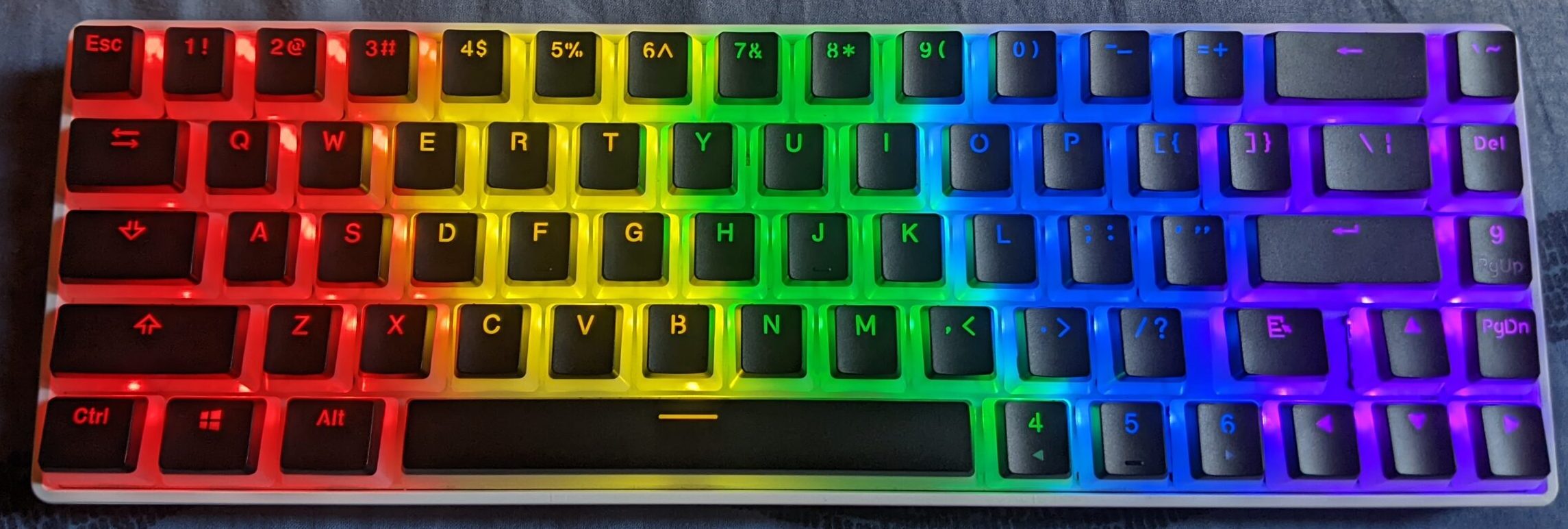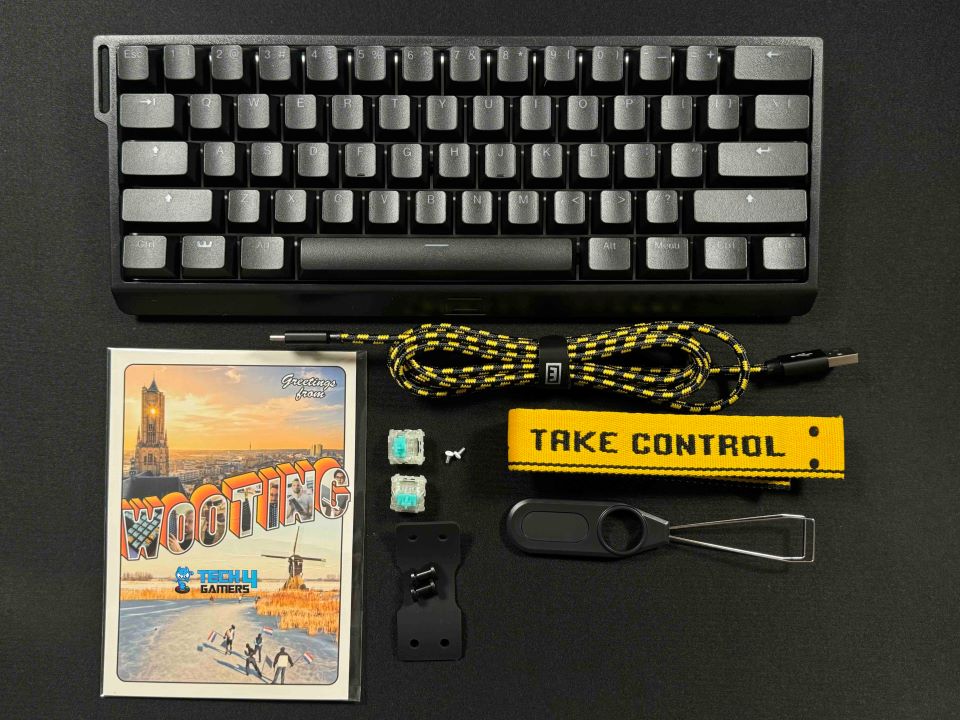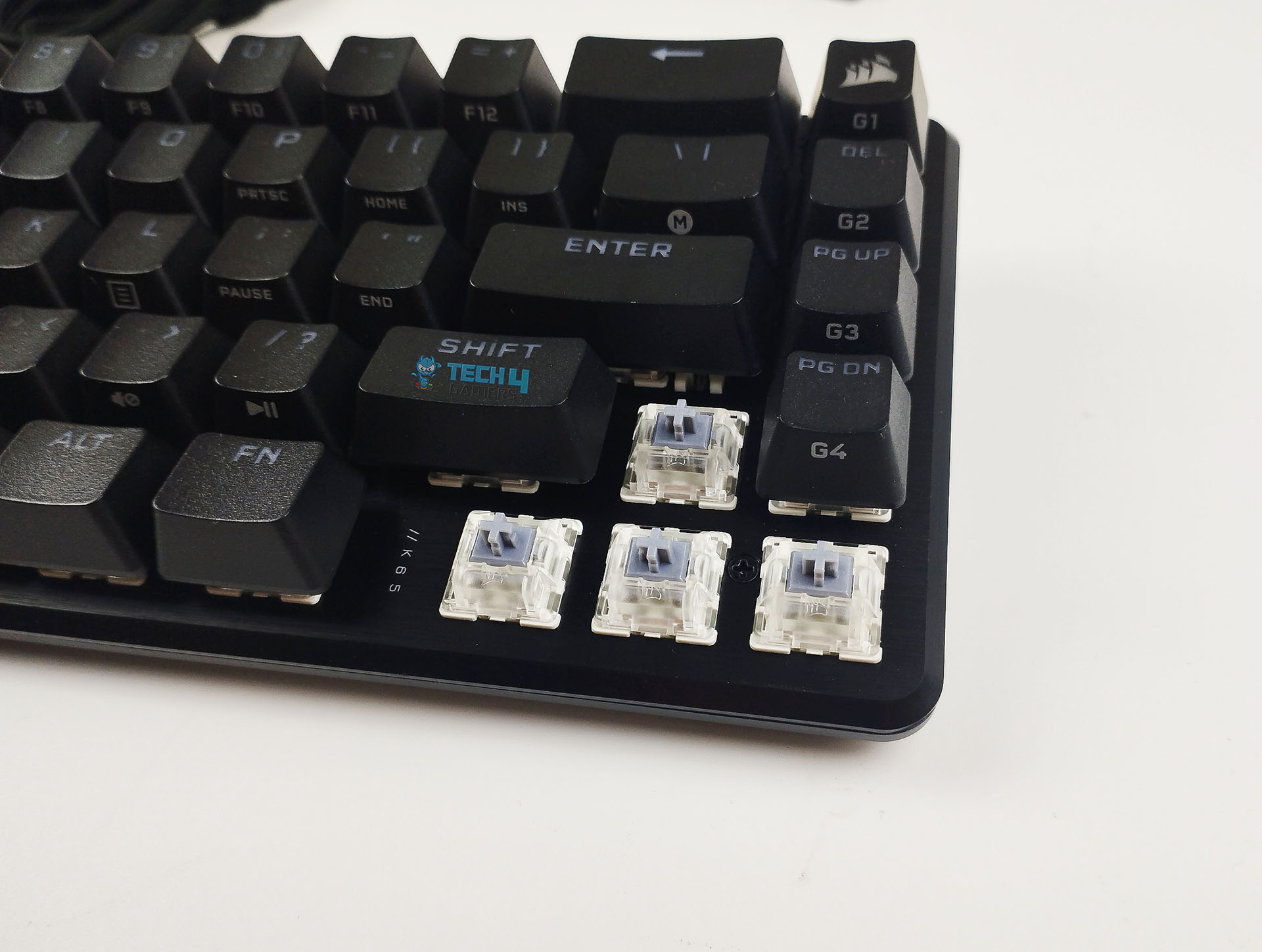- Mechanical keyboards remain dominant due to unmatched customization, affordability, and decades of refinement, making them the best choice for beginners and enthusiasts alike.
- Magnetic (Hall effect) keyboards are the future for competitive gamers and serious typists, offering superior speed, durability, and unique features like Snap Tap and Rapid Trigger that mechanical switches just can’t rival.
- Optical keyboards failed to go mainstream due to high costs, limited customization, and being outclassed by both mechanical and magnetic alternatives, leaving them in a niche market with no real crowd-pulling feature.
Let’s get one thing straight: optical keyboards had potential. Faster than mechanical? Check. More durable? Sure.
So why, then, did they fizzle out while mechanical keyboards thrived and magnetic (Hall Effect) keyboards started stealing the spotlight?
Simple. Optical keyboards were a solution looking for a problem. They promised speed and longevity but failed where it mattered most—customization, accessibility, and mainstream appeal.
Meanwhile, mechanical keyboards kept evolving, and magnetic keyboards swooped in with even better tech.
So, let’s break down why optical keyboards never really took off—and why they were always destined to be a niche product.
Mechanical Keyboards: The Undisputed Kings Of Customization
Before we dissect optical keyboards, we need to acknowledge why mechanical keyboards dominated for decades.
1. Endless Customization
- Switch variety? Cherry MX, Gateron, Kailh, Holy Pandas—dozens of options for every preference (clicky, tactile, linear).
- Hot-swappable PCBs? Swap switches without soldering—even mid-range boards like the Royal Kludge RK61 support it.
- Modding culture? Foam, tape, lube, custom keycaps—you could tweak everything.
- RGB? Mechanical keyboards made RGB mainstream, with per-key lighting and software control.
2. Price Flexibility
- $20–$50 – Budget options (Redragon, Epomaker).
- $50–$100 – Premium mid-range (Keychron, Ducky).
- $100-200+ – Enthusiast-grade (GMMK Pro, Razer BlackWidow V4 Pro).

No matter your budget, there was a mechanical keyboard for you. That’s why they’ve been the default upgrade for gamers and typists since the 90s.
Magnetic Keyboards: The Future Is Here
Just when mechanical keyboards seemed unbeatable, Hall Effect (HE) keyboards arrived—and they’re everything optical keyboards wanted to be.
Why Magnetic Keyboards Are Better Than Both
- Speed & Precision: No physical contact means zero debounce delay.
- Rapid Trigger – Resets the key the moment you lift it slightly.
- Snap Tap – Detects rapid successive presses without fully releasing the key.
- Adjustable Actuation – Change how deep a key needs to be pressed to register (0.1mm to 4mm).
- Durability: 100 million keystrokes on average (vs. mechanical’s 50M).
- Silent & Smooth: No scratchiness, no wobble, just pure linear glide.
- Cutting-edge Performance: Magnetic keyboards have even been banned in eSports, such is the competitive advantage that they offer to hardcore gamers.
The Only Downside? Price
Right now, decent HE keyboards from the likes of Wooting, Keychron, Corsair, and Akko start upwards of $75 and go as high as $300.

But as adoption grows, prices will drop—just like they did with mechanical keyboards.
Optical Keyboards: Where They Went Wrong
Now, let’s talk about why optical keyboards never caught on.
1. Expensive Entry Point
- $100+ just to start (vs. just literally $20 for a basic mechanical).
- Brands like Razer, Corsair, and Keychron dominate, but their optical models cost a premium.
2. Limited Customization
- Hot-swapping? Only a few keyboards allow it—and that comes with proprietary caveats too (for example, a few Razer models are hot-swappable, but only with Razer’s own line of analog optical switches).
- Switch variety? Almost nonexistent. Most optical keyboards only come with linear switches, although a few manufacturers have tried to come up with clicky and tactile offerings.
- Modding? Forget about it. Optical keyboards are closed ecosystems because of the way they’re designed, so while you can still lube the switches and their stabilizers, tape/foam modding is inherently more challenging in this scenario.

3. Niche Appeal
- Faster than mechanical? Yes, but the difference is negligible.
- More durable? When compared to mechanical keyboards, sure, but pretty much equal to HE switches otherwise.
- No real advantage over magnetic keyboards except for slightly lower latencies—just a middle ground that nobody asked for.
4. Market Share? Tiny.
Optical keyboards are the least popular of the three. Why? Because:
- Casual users stick with cheap mechanical keyboards.
- Enthusiasts and pros jump straight to magnetic keyboards.
- Optical keyboards? Stuck in no man’s land.
Optical Keyboards Were Doomed From The Start
Let’s be honest: Optical keyboards were a stopgap. They tried to bridge the gap between mechanical and magnetic keyboards, but ended up being outclassed by both.
- For budget users? Mechanical keyboards win.
- For competitive gamers? Magnetic keyboards dominate.
- For optical keyboards? They’re stuck in limbo.
Thank you! Please share your positive feedback. 🔋
How could we improve this post? Please Help us. 😔
[Wiki Editor]
Ali Rashid Khan is an avid gamer, hardware enthusiast, photographer, and devoted litterateur with a period of experience spanning more than 14 years. Sporting a specialization with regards to the latest tech in flagship phones, gaming laptops, and top-of-the-line PCs, Ali is known for consistently presenting the most detailed objective perspective on all types of gaming products, ranging from the Best Motherboards, CPU Coolers, RAM kits, GPUs, and PSUs amongst numerous other peripherals. When he’s not busy writing, you’ll find Ali meddling with mechanical keyboards, indulging in vehicular racing, or professionally competing worldwide with fellow mind-sport athletes in Scrabble at an international level. Currently speaking, Ali has completed his A-Level GCEs with plans to go into either Allopathic Medicine or Business Studies, or who knows, perhaps a full-time dedicated technological journalist.
Get In Touch: alirashid@tech4gamers.com


 Threads
Threads

